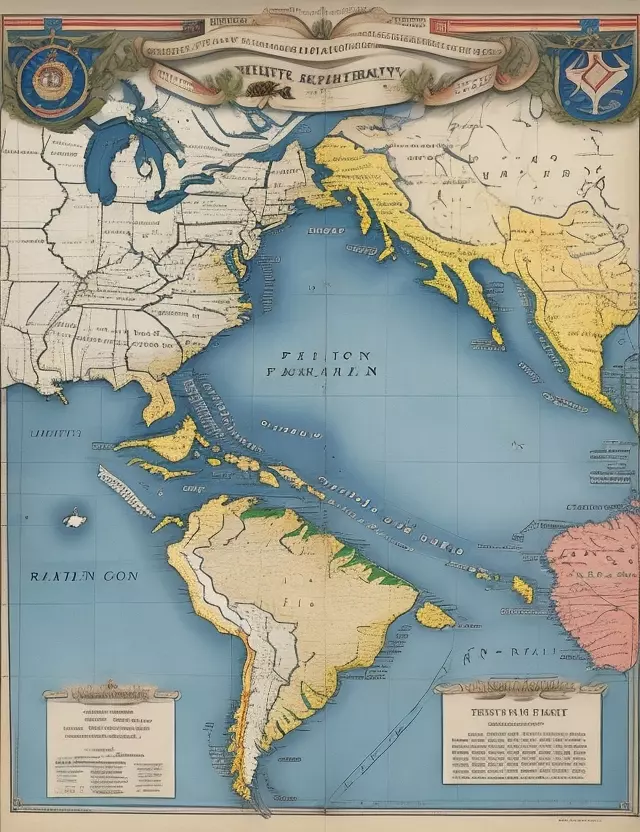Ratification of the Treaty of Paris: Official End of the Spanish-American War (1899)
Transfer of Territories, Including Puerto Rico and Guam, to the United States

Introduction
On November 29, 1899, a pivotal moment in history occurred with the ratification of the Treaty of Paris, officially bringing an end to the Spanish-American War. This treaty, negotiated between the United States and Spain, had far-reaching implications, including the transfer of territories such as Puerto Rico and Guam to the United States. Explore the historical significance of this moment and the geopolitical changes it set in motion.
The Spanish-American War
The Spanish-American War, which took place in 1898, was a conflict between the United States and Spain. It was sparked by events such as the explosion of the USS Maine and the desire of the United States to intervene in the Cuban War of Independence. The war had significant implications for both nations and their imperial ambitions.
Negotiations and Terms
The Treaty of Paris, signed on December 10, 1898, marked the conclusion of hostilities between the United States and Spain. The terms of the treaty outlined the cession of several territories from Spain to the United States, including Puerto Rico, Guam, and the Philippines. Cuba was granted independence, and the United States also acquired sovereignty over the Philippines for a monetary compensation.
Ratification and Official End
After the signing of the treaty, it required ratification by both the United States Senate and the Spanish Cortes (parliament). On November 29, 1899, the Treaty of Paris was officially ratified, bringing a formal end to the war. The ratification solidified the changes in territorial control and set the stage for the United States to assert its influence in new regions.
Transfer of Territories
One of the significant outcomes of the Treaty of Paris was the transfer of Puerto Rico and Guam to the United States. These territories became integral parts of American overseas possessions, contributing to the expansion of U.S. influence beyond its continental borders. The acquisition of territories marked a shift in the global balance of power.
Geopolitical Changes
The ratification of the Treaty of Paris had broader geopolitical implications. The United States emerged as a new imperial power with territorial possessions in the Pacific and the Caribbean. The acquisition of overseas territories raised questions and debates about the nature of American imperialism and the responsibilities of governing distant lands.
Legacy and Historical Impact
The Treaty of Paris and the events surrounding its ratification left a lasting legacy in the history of American foreign policy. The acquisition of Puerto Rico and Guam contributed to debates about imperialism, while the Philippines became a focal point of discussions on colonialism and governance.
As we reflect on the ratification of the Treaty of Paris on November 29, 1899, we recognize its role in shaping the post-war landscape and influencing the trajectory of American foreign policy. The transfer of territories marked a defining moment in the aftermath of the Spanish-American War, setting the stage for a new chapter in the geopolitical history of the United States.



